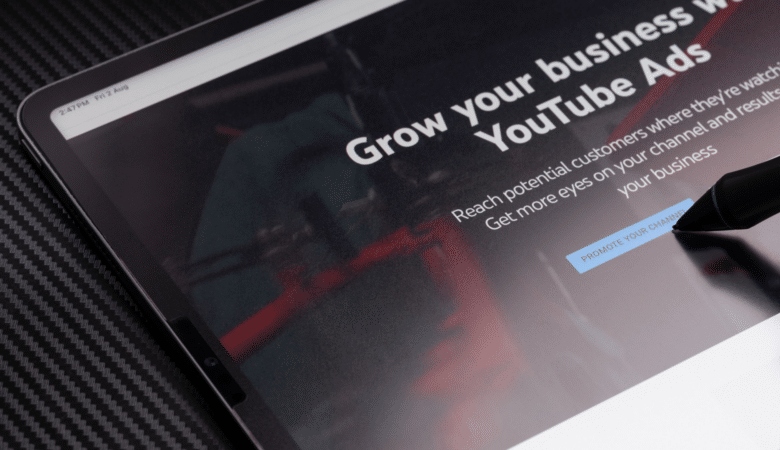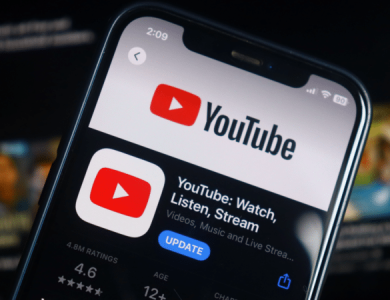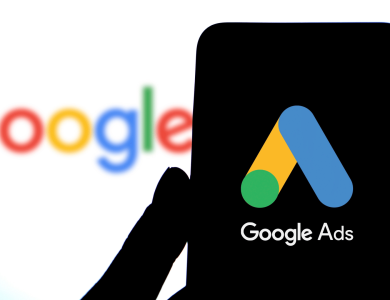
Here is a rewritten version of the article with URLs removed:
Want to know what top brands are doing to succeed in YouTube advertising? They’re mastering the YouTube “triple threat” of Feed, Shorts, and Skippable Ads. Using this strategy can help your brand stand out and win over consumers in the busy digital marketplace.
In this article, learn:
- Why Feed placement is a goldmine for brand engagement.
- How Shorts provides a dynamic platform for brand awareness and creative experimentation.
- Why Skippable Ads continue to be the cornerstone for driving conversions through longer watch times.
Feed Placement
Currently, the Feed is arguably YouTube’s most important advertising placement. Yet, it’s the one most often overlooked due to its recent launch and not being as full screen compared to shorts. Its significance comes from being the first of its kind on the platform. While Meta mastered the feed placement and TikTok refined it, YouTube is poised to scale it massively.
What makes YouTube’s Feed unique is how it combines with the platform’s strength in long-form video content designed to entertain, educate, and inspire. This offers advertisers an unparalleled opportunity to engage users more deeply within their natural browsing experience. Right now, the cost efficiencies allow first movers a competitive advantage.
There are two compelling reasons why in-feed ads are essential for any brand’s YouTube strategy: novelty and pricing.
-
The novelty taps into user behavior: Audiences are naturally drawn to new and engaging content formats within their feeds, increasing the likelihood of interaction.
- Pricing: In-feed ads offer cost-effective options that maximize both brand awareness and reach. When we compare the feed pricing to TikTok, Instagram, and Facebook Feed ads, we see a wide difference in positioning YouTube In-Feed as far more efficient.
A strong combination of high user engagement and advantageous pricing makes In-Feed advertising a must-have component in a comprehensive YouTube marketing campaign.
Shorts
Shorts, YouTube’s answer to TikTok and Reels, is a vertical video format for advertising. Because of how users interact with Shorts, it can be hard to measure results, making it most effective for brand awareness campaigns.
One effective strategy is testing the same creative content on Meta, TikTok, and Shorts to compare performance and costs, giving valuable insights to improve your advertising approach.
Shorts offer a significant advantage by providing 100% share of voice (SOV) at the start of the ad, ensuring your brand captures immediate attention. It also presents an opportunity to test organic creative content.
Many advertisers post three to five times more Shorts than long-form videos, delivering a constant stream of fresh content to potential consumers. This frequent engagement keeps audiences interested and generates valuable feedback through on-platform social cues like new subscribers, earned views, playlist additions, likes, and comments.
These metrics are a treasure trove of information that can influence future ad creative and drive improved performance.
Skippable In-stream Ads
Known as the “grandpa” of YouTube ads, Skippable in-stream ads are a key format in video advertising. Advertisers, including myself, love these ads because they allow users to skip after five seconds and have no limit on video length. This creates high viewer engagement and flexibility, leading to longer watch times.
While advertisers focused on conversions benefit most from long-form ads, influencers looking to grow their channels may find more success with Feed and Shorts placements.
Skippable ads are played before the main content, which can enhance brand intent and recall. However, they may not always lead to immediate action, as users are often eager to continue their video-viewing journey. One of the standout features of skippable ads is their sequencing ability, allowing advertisers to serve different videos based on a user’s interaction.
For example, you can tailor your content depending on whether a user simply started the video (impression), skipped after the initial five seconds (skipped), or watched at least 30 seconds or completed a shorter video (view).
Remember that user experience is everything. Incorporating non-skippable ads or bumper ads can limit user engagement. Removing the skip option leaves only the impression and view metrics available, potentially affecting your campaign’s overall effectiveness.
Boost Your YouTube Marketing with the Right Ad Formats
By strategically integrating Feed, Shorts, and Skippable ads, you can create a cohesive YouTube advertising campaign that maximizes reach, engagement, and conversion. For brands launching or testing these placements, it’s best to separate each into individual campaigns instead of combining them. This allows for better cost control and performance optimization for each format before finalizing your overall campaign strategy.
Here are a few important points to keep in mind:
- This strategy relies on both vertical and landscape creative.
- Stay alert for emerging opportunities; new frontiers like connected TV offer great potential for first movers.
- Now is the perfect time to implement these strategies and position your brand at the forefront of digital advertising innovation.
Contributing authors are invited to create content for us and are chosen for their expertise and contribution to the search community. Our contributors work under the oversight of the editorial staff and contributions are checked for quality and relevance to our readers. The opinions they express are their own.



